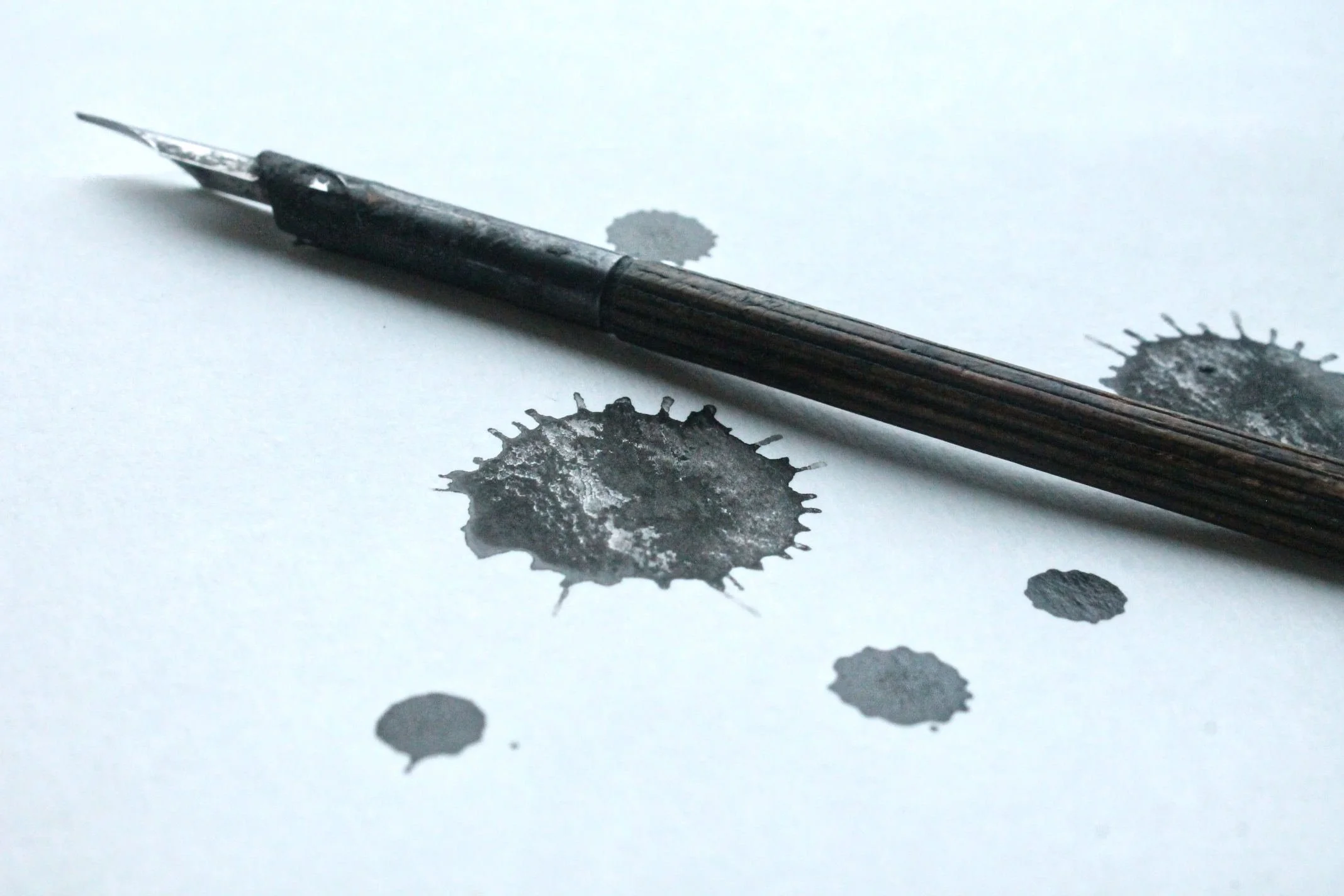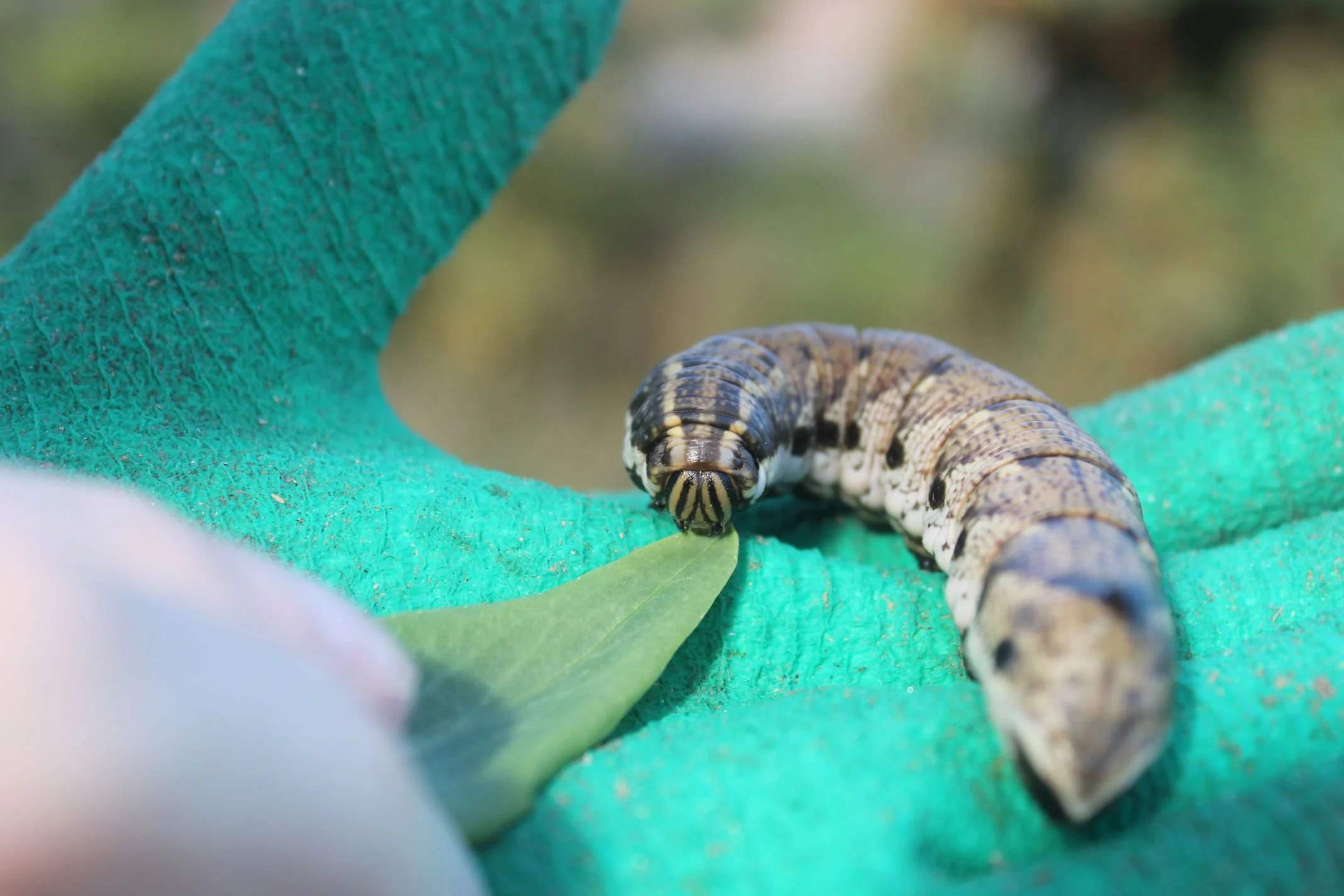It was only until I was getting through my stocks of ink did this truth emerge. I needed a few inks and Indian ink and whilst looking around the web for the old favourites and doing a little more reading into how they are made, I came across the ingredient shellac.
Shellac originates from the lac beetle (Kerria lacca), they are found in India, Thailand and Southeast Asia and are farmed commercially for the resin the females produce when feeding on tree sap. This resin is secreted as a vital protective cocoon for the lifecycle of the beetle and its offspring. Once this has concluded, the cocoon-like resin is scraped off the tree branches along with some of the insects and refined further into shellac.
So it’s a similar process to honey, but not only is the honey taken and some bees crushed, but the farmed bees displace huge amounts of native pollinators in the habitats they are installed. In Asia, like any sort of farming practice there is a similar negative impact on the ecology, especially the monoculture of host trees and the eradication of the lac beetle’s natural predators, fungi, moth and wasp species, leading to a loss of biodiversity.
I’ve been vegan for over 10 years now, and I’m still learning and tripping up it seems. I know we must all be pragmatic, none of us live in a vegan world but still, I am very embarrassed about this. I was also surprised when my favourite brands like Winsor and Newton listed shellac in their drawing inks as a binder, I never even thought about that before. The shellac in Indian ink is for similar purposes and of course that delightful sheen is also accredited to the shellac.
Shellac is pretty widely used too, in varnishes, sealants, primers, even on fruit like apples in the supermarket. It’s just one of those niggly ingredients that isn’t often listed on products containing it which makes avoiding it all that more tricky.
All Indian inks contain shellac, and trust me I was desperate to find an Indian ink that didn’t! My only option now is that I will explore black acrylic inks and see how they fair, Indian ink was such a staple it’s going to be sad to no longer use it. I loved it so much … but there has to be alternatives and when I find a good one, I’ll be sharing it.
Please enjoy this lovely fat caterpillar I found in our “weed” filled front garden. It was about 10 centimetres long. I hope he grows into the beautiful convolvulus hawk-moth he ought to be, insects need our love and consideration too.

